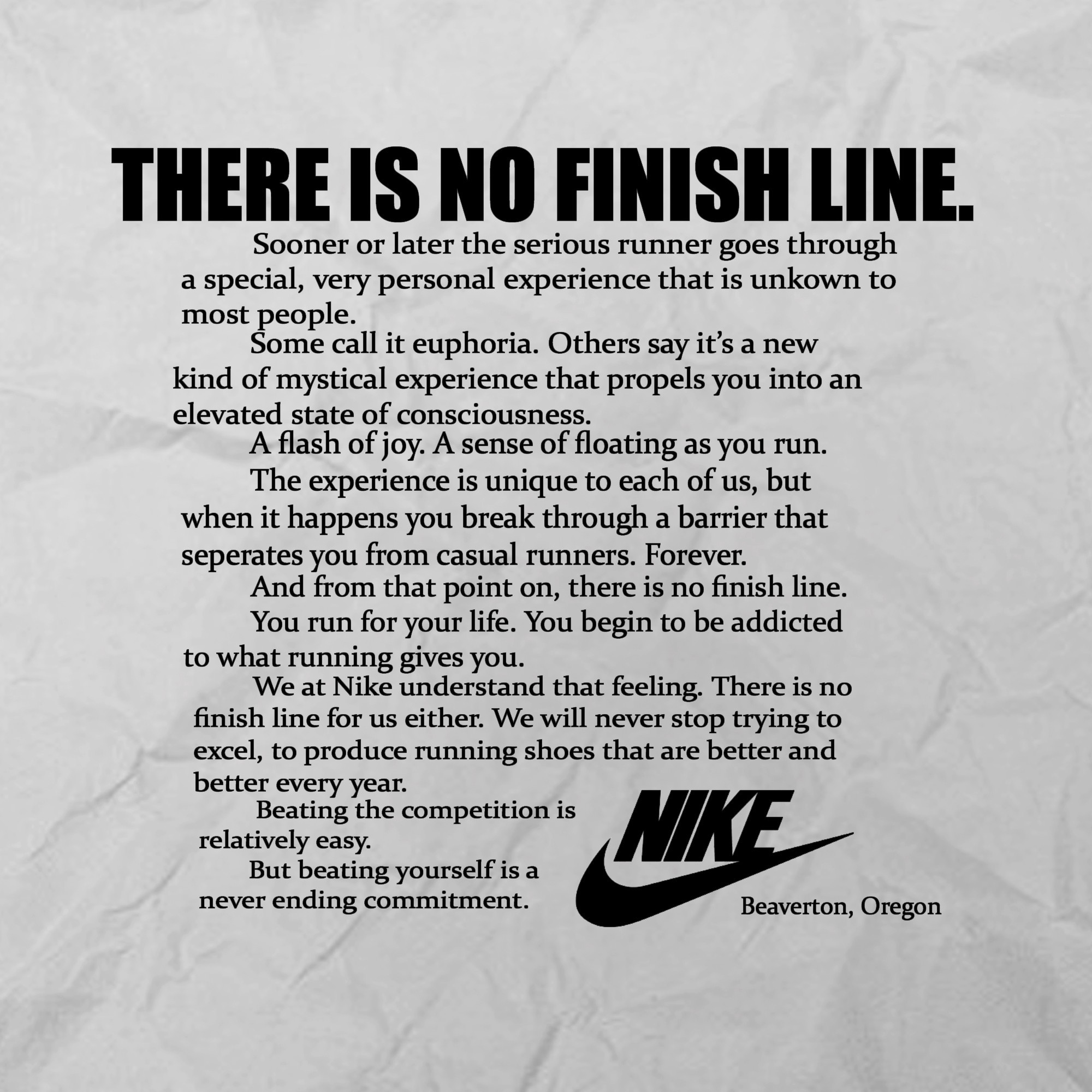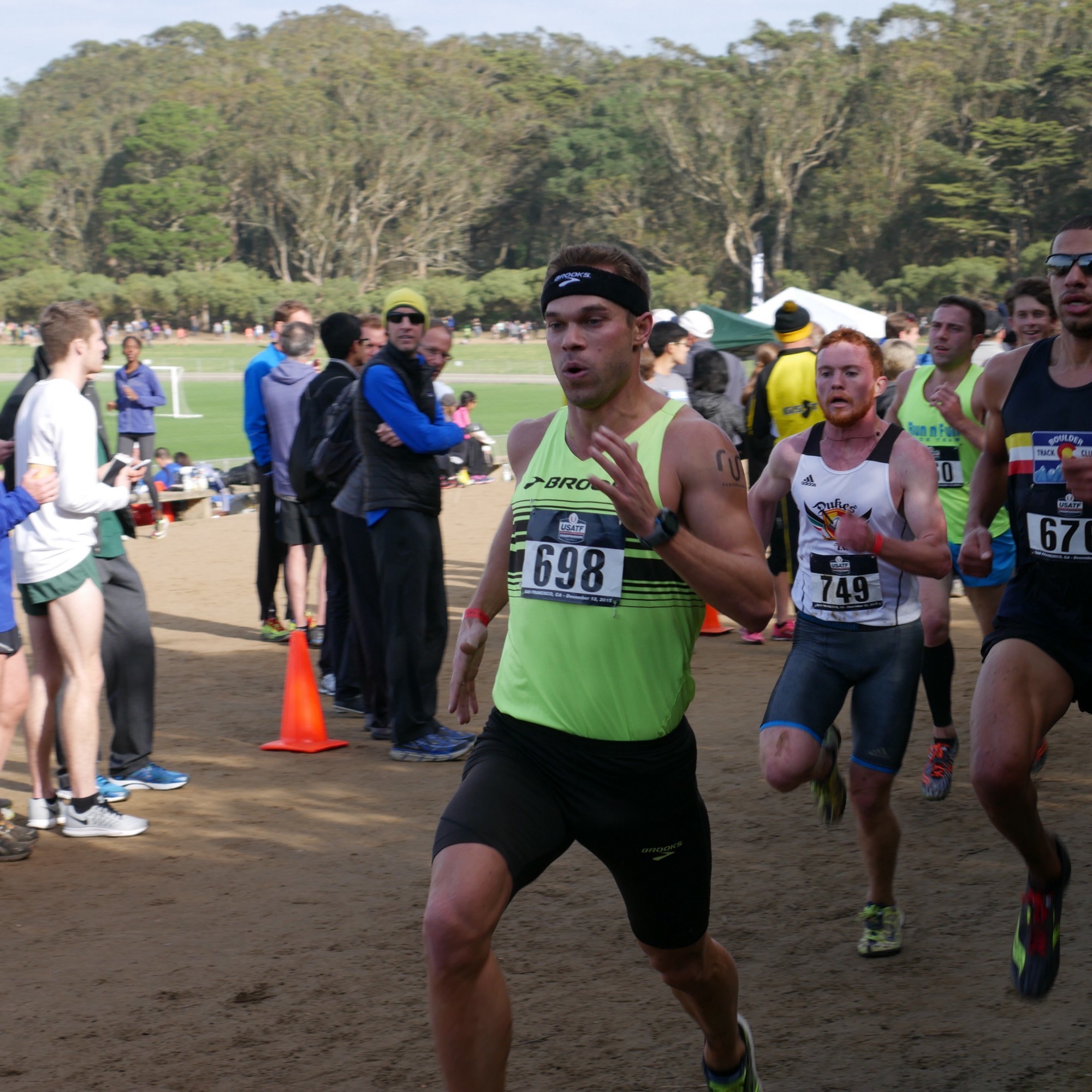
Professionalism in Athletics, and Why The Run Gum Lawsuit is Important: a Tidy History
Why was the Run Gum lawsuit so important?
A brief rundown about the claim: In January 2016, the company “Run Gum”, founded by Olympic 800 meter athlete Nick Symmonds and his coach Sam Lapray, sued USA Track and Field and the United States Olympic Committee for restrictions that the governing bodies had placed on sponsorship logo-use for running apparel at the U.S. Olympic Trials. The lawsuit claimed that by restricting the type of sponsors that could be featured on apparel (jerseys, warm-ups, jackets for competition etc.), runners were missing valuable monies that would offset the cost of competition, and were illegal when attributed to other professional practices in light of anti-trust laws — like those in the Sherman Act — which unreasonably restricted business opportunities in the market. Symmonds, Lapray and Run Gum wanted the market open to sponsors for apparel that athletes could endorse for themselves, and they noted they weren’t even challenging appearance restrictions for the uniforms (how logos physically appeared on the clothing), they just wanted more options than the major shoe companies that already print their logo (Nike, Adidas, Puma, etc.).
The Decision: On May 11, 2016, the District Court of Oregon ruled in favor of USA Track and Field and the USOC, basing their decision on a few key qualities of the lawsuit in conjunction with historical precedence — all of which will be explained below:
1. The U.S. Congress, under the Amateur Sports Act of 1978 (and after years of congressional compromise in seeking how to section payments to amateur track athletes in the years leading to the decision…) actually gave the U.S. Olympic Committee legal responsibility in “preserving the value of the Olympic brand.” In the court case, the defense cited a “grant of immunity” based on the 1978 act, because having outside sponsors on jerseys would undercut the methods the USOC currently uses to fundraise for Olympic programs. This is mostly used on costs for preserving Olympic eligibility, salaries for officials and administrators, and paying for limited services to athletes for training and travel.
>span class='markup--em markup--blockquote-em'>2. In terms of illegal anti-trust restrictions, the lawsuit decision also noted that USA Track and Field didn’t have a direct role in creating the advertising rules — they merely adopted the USOC restrictions handed down to them. It wasn’t “unreasonable” in light of the Sherman Anti Trust Act.
Handling the decision, and a little history for reference: Essentially the two issues being presented by this case alone reached further than just giving athletes an opportunity at advertising dollars on one of track and field’s biggest stages. The first issue was the Olympic tradition in light of professional sports practices. The second was that athletics (track and field and cross country) in the United States could do more to improve their professional identity (and improve audience viewership in the process). These two issues were intricately connected.
Issue 1: The Olympic Tradition in light of Professional Sports.

The Olympic Games originally valued the ethos of the amateur gentleman athlete: one who competed in high-level sports for the love of the game. It was an antiquated and old-fashioned paradigm — one that had its roots in the club sports and university sports ethos of the 18th and 19th centuries — almost exclusively in Britain and France and the Western European powers. It should be noted that track and field and cross-country running “came of age” during this period, and over the course of the 20th century fought long and hard against this paradigm as commerce changed and professionalism in sports became not only fashionable and acceptable, but necessary in rewarding athletes whose skill-sets exceeded the common man and what they were able to accomplish.
As other pastimes such as baseball, football and basketball became organized and legitimized in the United States soon after their inception — sports such as track and field held onto the amateur ideal and were left behind as these others professionalized. Leaving the sport-specific intricacies out of the frame, it still cannot be denied that track and field lacked appeal among wider audiences in succeeding years because there was less of a monetary incentive for advertising and media coverage — especially when it came to paying their athletes — despite well-known stars competing at the Olympics every four years.
As an example, even as professional soccer and basketball players were accepted into the fold of the summer Olympic Games in the late 20th century, formerly amateur sports (and their organizations) struggled to approach the occasion with the same economic scaling — because their practices had followed years of limited growth and had only been recently allowed to expand (1978, after the Amateur Sports Act was passed).
Issue 2: Athletics, and its Professional Identity in the United States

Shoe companies became the go-to brand advertisers among athletes involved in athletics from an early stage. The 1950s and 1960s saw heated competition between shoe-makers Adidas and Puma, as the limited media coverage that peaked at the Olympics spilled over to major invitationals and championships that offered brief glimpses of athletes footwear as they set new records in their respective events. In the 1970s and 1980s Nike rose to prominence in the U.S., quickly eclipsing the other shoe-brands via a right-place, right-time approach and targeting young talent. They made their name by marketing the exploits of their athletes and stopped at nothing to brand themselves the apparel company that “had no finish line”, and “never stopped trying to excel, to produce shoes that were better and better every year.” Where their competitors cautioned, Nike cashed in with bravado: buying billboards, packaging kit and shoe deals with athletes as “brand representatives”, and made sure their logo was on every piece along the way.
Ironically, when the International Olympic Committee first ushered in a marketing program in 1952, shoe brands were not among them. But corporate ties grew with broadcasting rights. With the onset of the 2016 Summer Olympics in Rio de Janeiro, revenue now generated by commercial partnerships accounted for more than 40% of IOC income. Furthermore, the international and national organizations that oversaw individual sports could also attain partnerships with companies as well. Notably in track and field in the United States: Nike, BMW, Hershey, Visa, Rosetta Stone, and the University of Phoenix feature in conjunction with competition in exchange for a fee. This goes beyond the brand agreements companies contract with the organizations themselves. Most notably, a landmark 23-year deal that USA Track and Field made with Nike reportedly worth $500 million — extending sponsorship of the governing body through 2040 (including the use of uniforms and warm-ups). This contract essentially doubled what had been paid to USATF, which already received about half of its $19 million budget from Nike.
The disconnect, and the effect on athletics in the United States: The problem with professionalism in athletics is that with the dissolvement of amateurism in track and field in the early 1980s, it was the shoe-brand companies that were able to contract the fees necessary for paying individual athletes. And more importantly, despite the claims that Max Siegel, CEO of USATF for two years was “perplexed that there is this angst toward the shoe companies” and that “we all want the same thing…we all want the sport healthy” the fact remains: having a limited revenue source from the same brands that fund the overhead costs for the organizations it promotes and the salaries for contracted athletes is not professionalism. It’s a corporate oligarchy. It doesn’t matter if the brand is Nike, or Puma, or Adidas, if professional athletes do not have a chance to approach larger companies outside the given market for a chance at better contracts and incentives, than there is no reason to see the sport grow.
Why is the Run Gum lawsuit so important?
It exposes a sad fact confronting the status of track and field and cross country globally amongst other sports: without the same opportunities for personal endorsements and public sponsorship that high-earning professional sports earn, there will be no incentive to grow the sport and expand it into new markets and to new audiences. The shoe companies who pay the salaries of its athletes, in addition to national organizations it has a corporate incentive to finance, will not change athletics in a direction away from this model for fear of losing control over the system. And Symmonds and Run Gum are shining a light on this antiquated form of “preserving the value of the Olympic brand” which right now is stuck in the coffers of shoe companies with no motive to open the market and give athletes a chance at winning the race they might have some stake in: earning a reasonable professional athletics salary.
Andrew Boyd Hutchinson is author of“The Fascinating History of Cross Country Running” (due out later this year) and is the leading contributor to the site: www.therealxc.com
